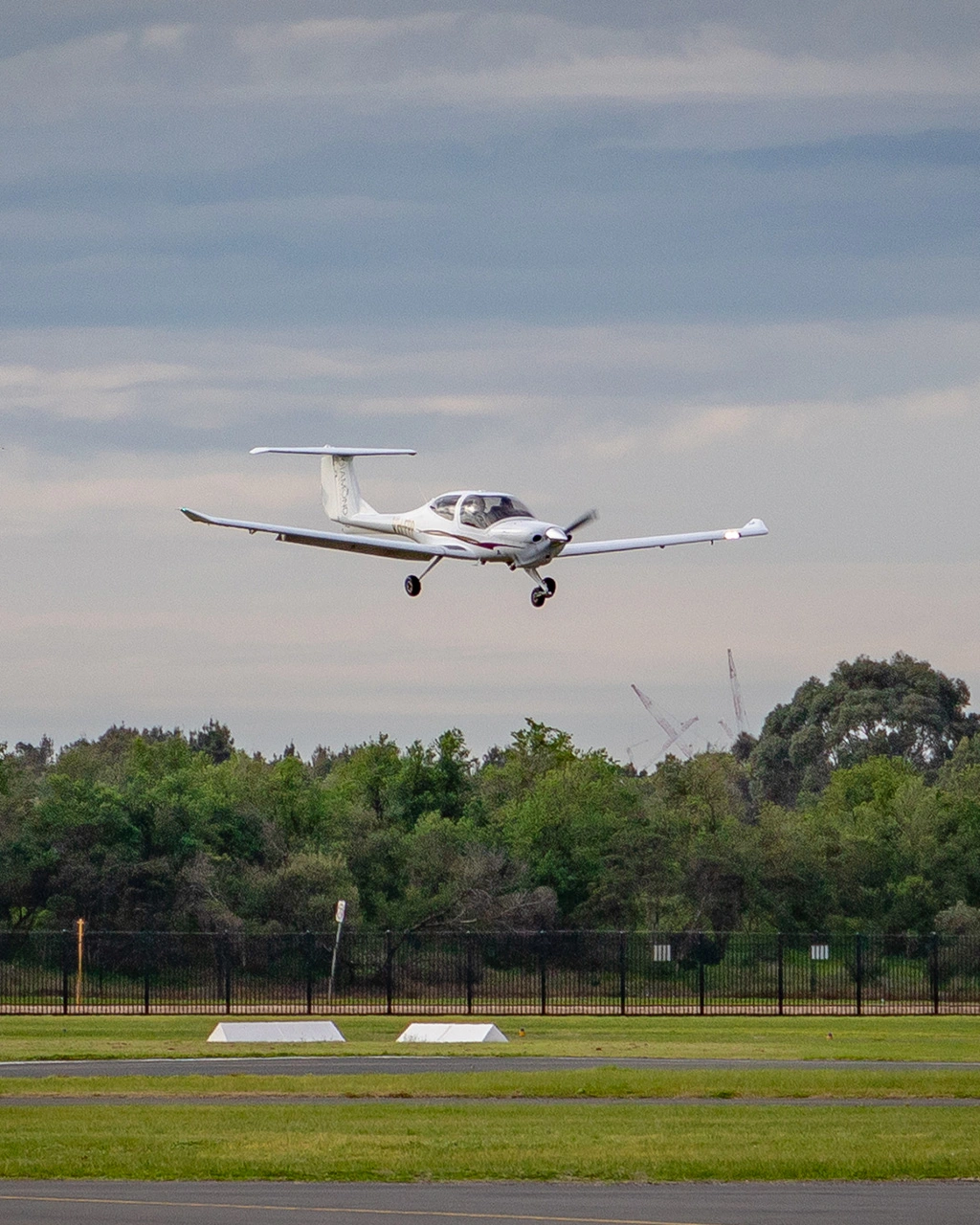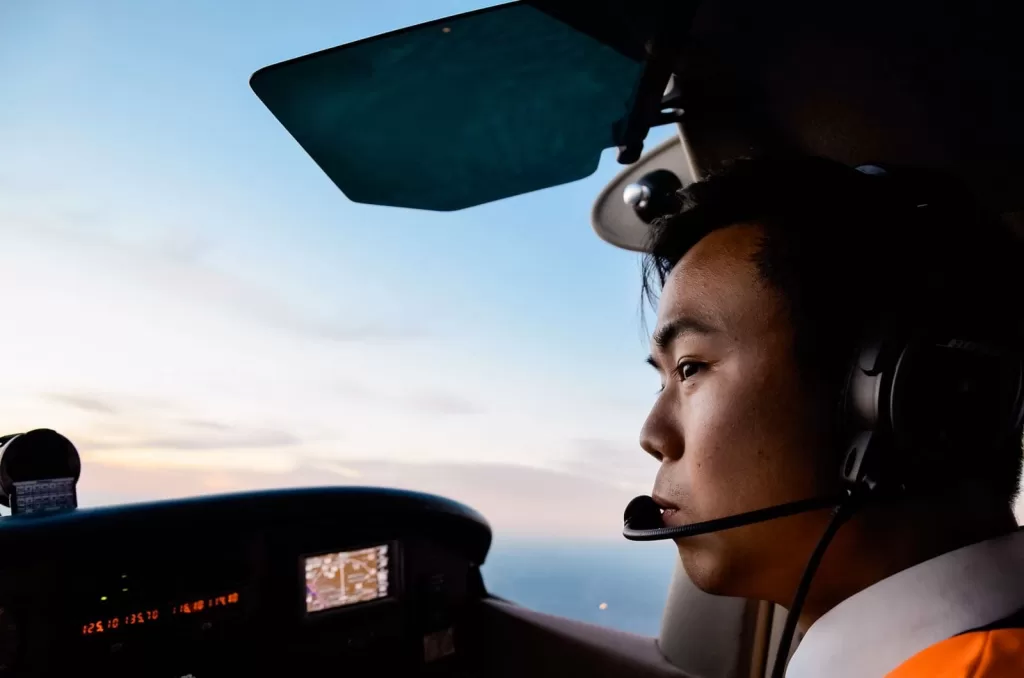
April 30, 2018
A Successful Forced Landing: Case Study (Part 2)
The case study of the successful forced landing has proved that other than having the tremendous flying experience, pilots need to be determined and make quick decisions.
Forced landings are simulations that we do when we are down to 500 feet and when we punch the power and overshoot; however, in reality, if your engine fails, you are literally flying the final 500 feet to the ground without training. The instructor did have the fortune to go through specialised forced landing training and he shared some excellent tips to students.
How do you sustain the seat crash tolerance?
According to the Federal Aviation Administration (FAA) regulations, aircraft that are manufactured before 1987 only require a seat crash tolerance of 9Gs in all directions while for others all seats have to exceed that tolerance.
A Cessna 172R has crashworthiness of 26Gs. As the impact in the incident was actually around 5–6Gs, it can be easy to exceed limitations if you botch something.
Tips for a successful forced landing in this aircraft:
To keep the cabin intact during the impact, you do not only need to fly at the minimum controller airspeed, but also use dispensable parts of the airplane to take the impact for you, such as the wings, landing gears and even the engine.
The crash energy goes up with the square of airspeed and using other parts of the airplane structure can help reduce that crash energy safely.
If you were to use trees as the instructor did in this case study, you should aim to impact the trees as horizontally as possible as that will allow the trees to reduce your forward kinetic energy.
How do you deal with engine failures?
A crucial takeaway from this case study is that not all engine failures are the ‘propeller stops spinning’ scenario that you might see in a textbook.
Most engine failures are in fact partial power loss. Some partial power losses can sustain level flight but in the case of the pilot in the case study, he didn’t have the power to sustain level flight, so essentially he was in a slightly powered glide.
How do you measure the best glide speed?
Tips:
If your flight is too high, then fly faster, which will allow you to be less efficient and fall faster. You just have to have the technique to slow it down.
If you want to lose altitude and you are not on final approach on a forced landing yet, it is advisable to pitch the nose over to the white arc speed in order to lose height even quicker.
In the end, you have two options, either side-slipping or S-turns or even a combination of both.
Do not be timid on S-turns! The instructor in this case study flies extremely wide S-turns, which is the only way for them to be effective.
Hopefully, this entry can inspire you to get up and practice some forced landings and consider that the last 500 feet will be the real make or break moment! Have fun and fly safe!
To learn more about forced flying techniques, head to Forced Landings: An Alternative Technique. Thanks to LTF student pilot Howard Lau for contributing this case study on completing a successful forced landing.

For information on our flying courses, email hello@learntofly.com.sg or go to https://drift.me/learntofly/meeting to book a meeting and school tour. You can also get more handy flying tips by clicking below and subscribing to our YouTube channel!









